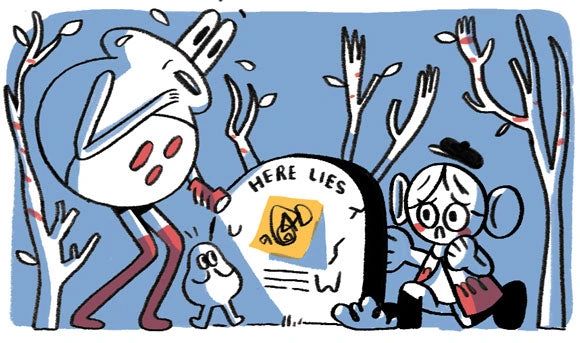The hidden truth: How to deal with the Post-truth reality?
Post-truth reality refers to a cultural and political context where objective facts are less influential in shaping public opinion than appeals to emotion and personal belief.
In a post-truth environment, the veracity of information often takes a backseat to the ability of that information to resonate with an individual’s existing beliefs or biases. This can lead to the spread of misinformation and « alternative facts » complicating public discourse and policy-making.
The challenge in a post-truth reality is, then, the willingness of people to accept and act upon it, even when it contradicts their preconceived notions.
The role of behavioral sciences in dealing with the post-truth issue is significant and multifaceted. Behavioral sciences offer insights into why and how people perceive, interpret, and spread information.
These disciplines can help in understanding the cognitive biases and emotional drivers that lead people to believe and disseminate misinformation.
Behavioral scientists can develop strategies to combat misinformation, such as through targeted education programs, fact-checking initiatives, and interventions designed to promote critical thinking and media literacy.




